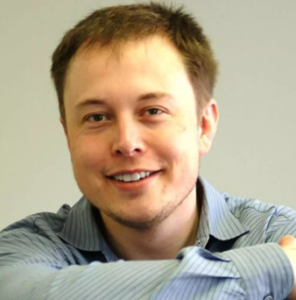At age 27, Elon Musk took a major financial risk that would shape his future and propel him to billionaire status. In 1999, after co-founding the software company Zip2, Musk faced a pivotal decision: sell the company or pursue something bigger. He chose the latter. Musk sold Zip2 to Compaq for nearly $300 million, receiving $22 million from the deal. Instead of investing that money in safer options or enjoying the wealth, he boldly invested almost all of it into two new ventures: X.com (which would later become PayPal) and a fledgling space exploration company, SpaceX.
With X.com, Musk aimed to revolutionize online payments, which was a risky and unproven concept at the time. He poured his funds and energy into the startup, convinced that digital payments were the future. Despite setbacks and internal conflicts, X.com eventually transformed into PayPal, which was bought by eBay in 2002 for $1.5 billion, giving Musk a substantial $165 million payout.
However, Musk didn’t stop there. His passion for space exploration led him to invest the remainder of his money into SpaceX, which, in its early years, faced numerous challenges, including technical failures and financial uncertainty. Musk was so committed to his vision that, in 2008, he even risked his personal fortune to keep SpaceX alive after three consecutive rocket launch failures. His persistence paid off when SpaceX eventually achieved successful missions, changing the future of space exploration and leading to massive contracts with NASA and private ventures.
Musk’s risk-taking at age 27 marked the beginning of his rise as one of the wealthiest and most influential innovators in the world, proving that sometimes, the greatest rewards come from the biggest gambles.
